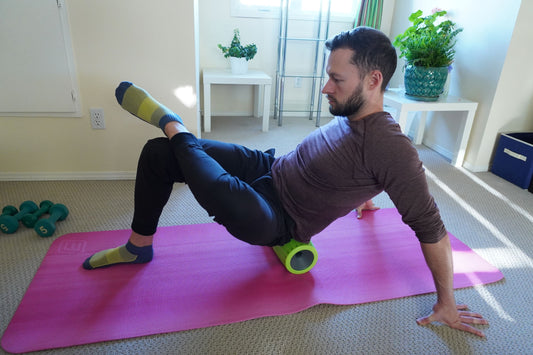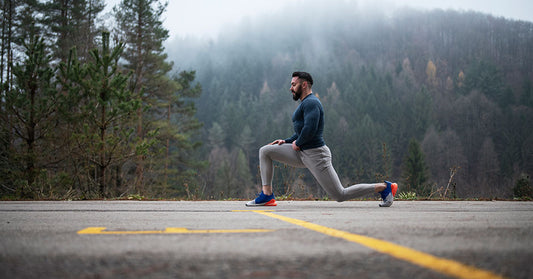Check the Big Boxes for Big Wins.
The low back is basically a big column. It doesn’t actually move too much, and it’s not meant to. It’s meant to hold a lot of weight, and connect all the forces that travel through it.
When people have low back pain, we tend to find both a lack of control in the lower back, and a lack of mobility in the surrounding areas. It feels to the person like a big black hole of awareness, and it doesn’t seem to articulate well.
Frequently, people get a kind of ‘motor-amnesia’ when pain comes into play. The body simply tries to avoid pain, and locks the whole thing up, masking our ability to control fine movement, and really articulate the spine. Big forces don’t travel through these backs very well.
Forces through our shoulders and legs seem to simply end in the low back, often with pain.
Along with this, those wonderful little stabilizing muscles in the spine tend to go to sleep, leaving the back in an even more vulnerable place.
Of course we can’t solve all these issues in an email, but we want to make sure you understand what the lower back wants to do, at least philosophically.

The lower back wants to be strong.
It’s the center of your body, and the center of force production. A lower back that can’t support its own body is always going to be susceptible to pain and dysfunction.
The lower back wants to transfer forces.
The lower back bridges forces through the glutes and the opposite shoulder through its thick fascial connections. Remember Leonardo’s Vitruvian Man? Draw an x through his body from each hand to foot, and you can see how it all meets in the middle; the lower back.
The lower back doesn’t need to be mobile...
But it DOES need the hips and upper back to move freely, so it can resume its job as a supportive column. Columns aren’t meant to twist and bend. That’s not to say it doesn’t need any mobility at all….It’s just minuscule compared to the surrounding areas.
The Helix can help support your journey in a couple different ways.
#1. Wake up the area. Pain tends to turn off a lot of the little muscles surrounding the spine, turning it into a clunky robot. We can use myofascial therapy to help wake them back up. Spend a bit of time on the lower back, and make sure to get down on the sacrum as well, where all the big stabilizers of the lower back live. The helix is perfectly suited to this because it’s broad surface area makes it a softer experience. The object here is to provide some stimulation….Bring the mind-body connection back. Feel the area. A light touch is best.

#2. As above, so below. Mobilize your hips. Mobilize your ribcage. Give your lower back some space to breathe by opening up your entire hip, and then move all the way through the upper back. These areas have a much bigger range of motion than the lower back, and they’re meant to. If they’re not sucking up all that rotation, it gets forced into the lower back…Not great.

Everyone’s journey through low back pain tends to be different, but if you can check off some of these boxes, you’re likely to find yourself in a good place.



















